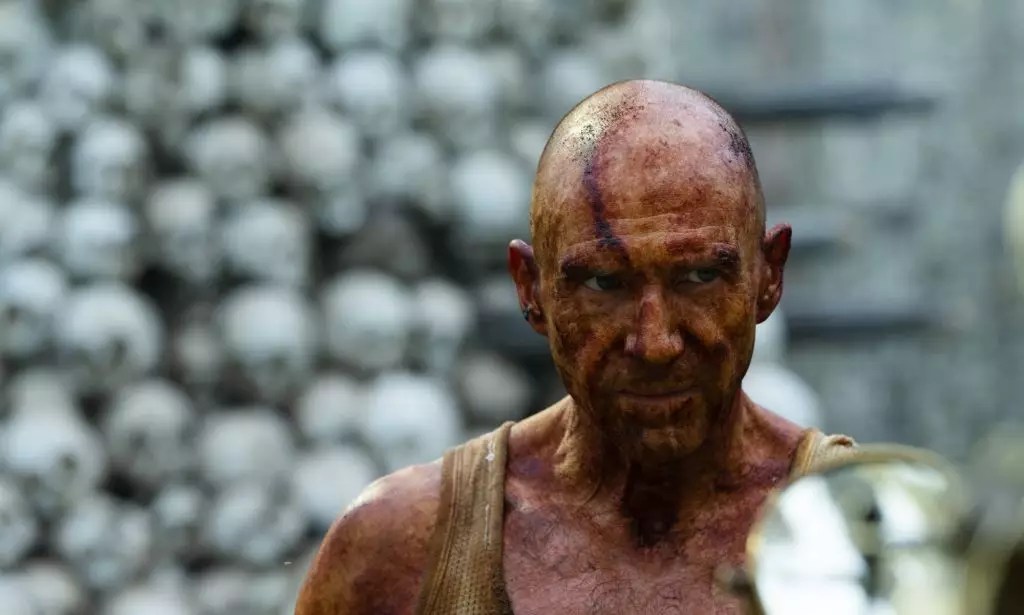The cinematic landscape is buzzing with excitement as Sony Pictures’ latest entry into the horror genre, *28 Years Later*, sets an impressive record in its first 24 hours of ticket sales. This film has not only shattered the pre-sale figures of notable titles such as *Sinners* and *Final Destination: Bloodlines,* but it has also eclipsed the expectations set by its predecessors, *Nosferatu* and *Alien: Romulus.* These staggering pre-sales figures, facilitated through platforms like Fandango and various exhibitors, indicate a cultural moment where horror is more than entertainment; it’s a compelling reflection of societal fears and anxieties. The resurgence of interest in the genre speaks volumes, particularly in a society experiencing unique stresses in both the political and economic realm.
The Power of Trailers
What truly ignited the fire for *28 Years Later* was its astonishing trailer, which amassed over 60.2 million global views in just 24 hours, establishing it as the most-watched horror trailer of 2024. This achievement is not merely about numbers; it reflects an evolution in how horror films engage with audiences. The trailer’s success, which positions it ahead of other notable entries like *A Quiet Place: Day One,* demonstrates that marketing has become an art form in itself. Winning accolades at the Golden Trailer Awards, including best of show, this campaign illustrates the power of emotion and anticipation in attracting audiences. This strategic marketing approach suggests that studios are becoming more aware of the nuanced desires of horror fans, who seek not just entertainment but an emotional journey.
A New Chapter in Horror Storytelling
The narrative crafted by Academy Award-nominated writer Alex Garland promises to push boundaries and deepen the lore established in the original *28 Days Later.* Set almost three decades after the initial outbreak of a rage virus, the film follows a group of survivors who navigate an existence that has become as terrifying as the infection itself. Their establishment on a well-defended island raises critical questions about safety, isolation, and what it means to truly survive. Audiences will likely find echoes of their own realities within this fictional quarantine, presenting an opportunity for introspection amidst a backdrop of horror.
The Return of Iconic Talent
Cillian Murphy’s return, alongside a stellar cast that includes rising stars like Jodie Comer and Aaron Taylor-Johnson, further heightens expectations. Murphy not only reprises his role; he also serves as an executive producer, signaling his commitment to the franchise’s enduring legacy. The combined experience of producers like Andrew Macdonald and writers like Garland speaks to a deep-rooted understanding of the genre, blending innovation with nostalgia. For many fans, this return feels like a reunion with familiar terror, igniting cherished memories of cinematic chills while also promising fresh experiences.
Financial Stakes and Audience Impact
Interestingly, *28 Years Later* operates on a budget of $75 million, a significant investment in the horror landscape that raises the stakes for both creators and audiences. This financial commitment indicates a belief in horror not just as a genre, but as a vehicle for serious art and cultural discussion. The implications of societal collapse, human resilience, and ethical dilemmas surrounding survival in a world gone mad are all themes that this sequel promises to explore. As audiences flock to theaters, it becomes clear that *28 Years Later* isn’t just about scares; it’s about mirroring our world’s most pressing concerns through a lens of horror.
The anticipation surrounding *28 Years Later* is more than just numbers; it’s an acknowledgment that in an age of uncertainty, horror remains a powerful mirror reflecting our deepest fears and societal complexities.


Leave a Reply